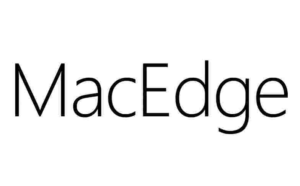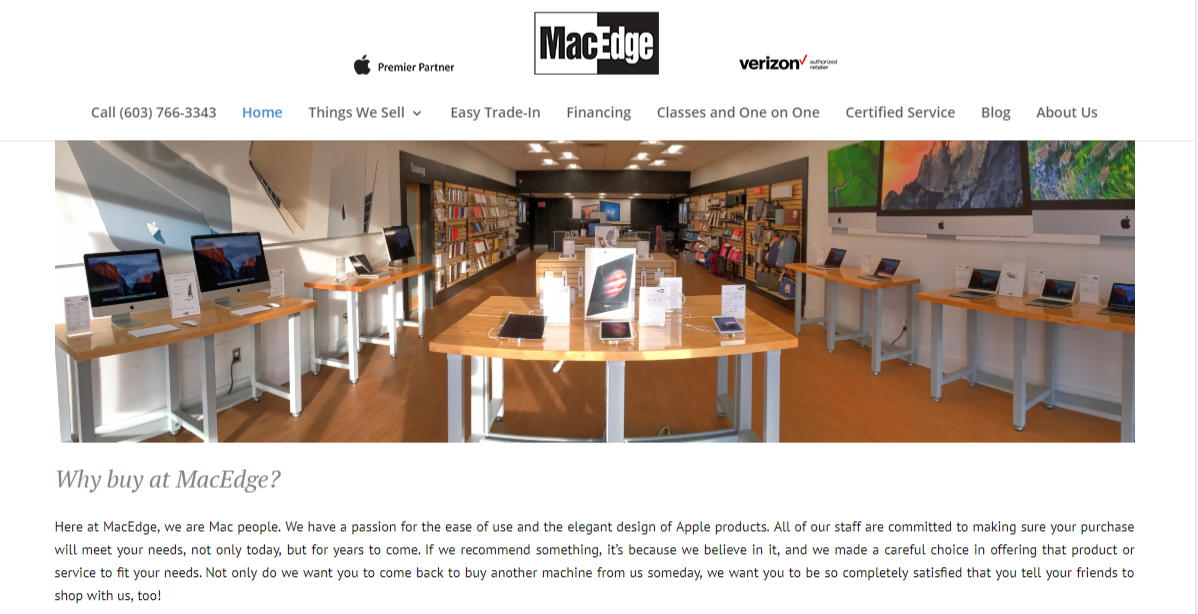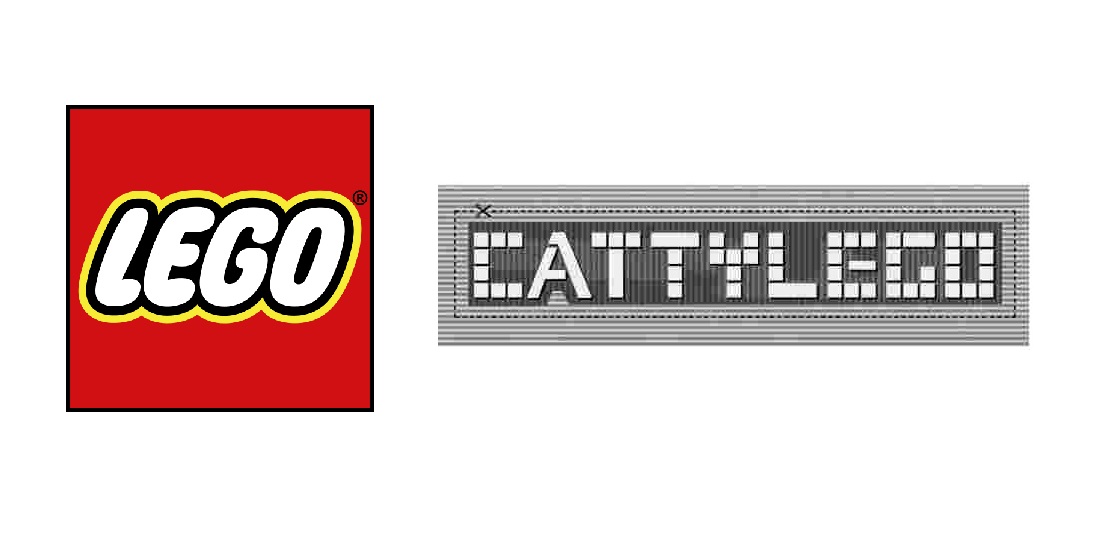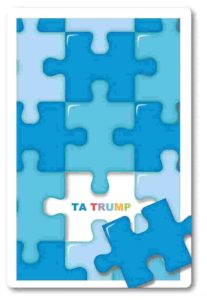Apple Inc. has won a trademark opposition it lodged against GIGAZONE INTERNATIONAL CO., LTD., a Taiwanese company, over Japanese trademark registration no. 5877027 for word mark “MacEdge”.
[Opposition case no. 2016-900375, Gazette issued date: April 27, 2018]
OPPOSED MARK “MacEdge”
Opposed mark “MacEdge” (see below) was applied for trademark registration in Japan on March 10, 2016 by designating several accessories of computers in class 9.
The Japan Patent Office (JPO) admitted registration of the mark on August 8, 2016 and published the gazette under trademark registration no. 5877027 on September 27, 2016.

Apple “Mac” Computer and Operating system
In an opposition, Apple Inc. argued opposed mark violates Article 4(1)(xi) of the Japan Trademark Law based on famous Apple “Mac” computer and operating system which have been continuously distributed under various trademarks, e.g. MacBook, MacBook Air, MacBook Pro, iMac, Mac Pro, Mac mini, mac OS, Mac OS X, since 1984.
Article 4(1)(xv) provides that a mark shall not be registered where it is likely to cause confusion with other business entity’s well-known goods or services, to the benefit of brand owner and users’ benefits.
Apple Inc. pointed that MacEdge website operated by the opposed party (see below) is likely to cause confusion with opponent since the front page looks similar to that of Apple’s website and it refers to opponent products.

Board decision
The Opposition Board admitted a high degree of reputation and popularity of opponent trademark “Mac” in the field of personal computers. In the assessment of mark similarity, the Board found “MacEdge” could be perceived as a combination of “Mac” and “Edge” because of two capital letters of “M” and “E”. As long as the “Mac” trademark becomes famous as a source indicator of Apple Inc. in the field of personal computers, relevant consumers are likely to connect opposed mark with opponent since the term “Mac” in opposed mark is almost identical with Apple “Mac” trademark. In the meantime, the term “Edge”, a common English word, is less distinctive and does not give rise to any specific meaning in combination with “Mac”.
Based on the foregoing, the Board decided that relevant consumers who purchase accessories of computers are likely to confuse or misconceive a source of the opposed mark with Apple Inc. or any entity systematically or economically connected with the opponent.
If so, opposed mark shall be cancelled in violation Article 4(1)(xv) of the trademark law.


